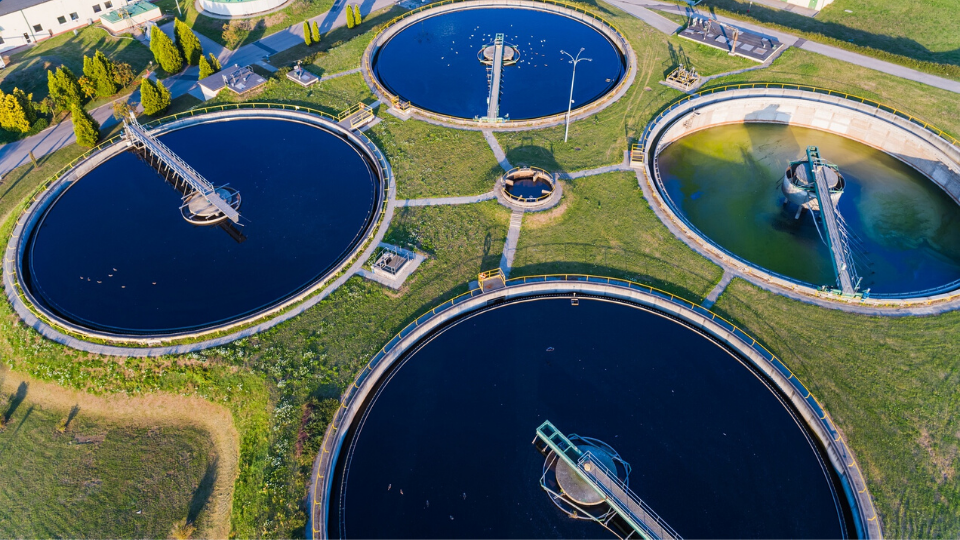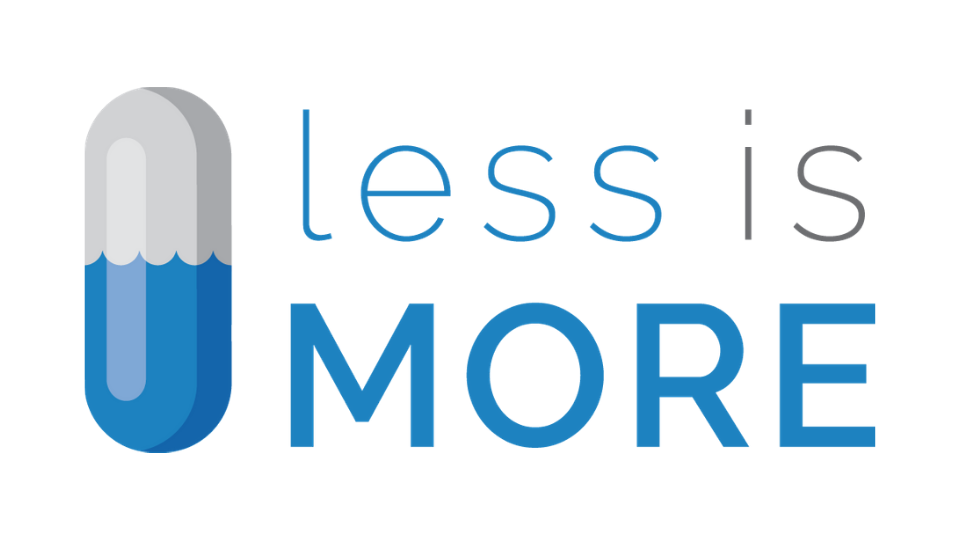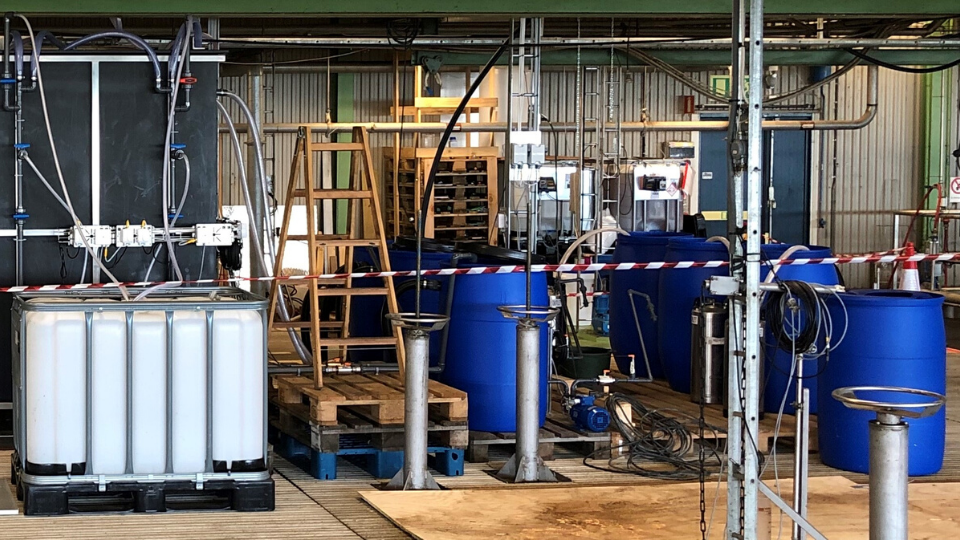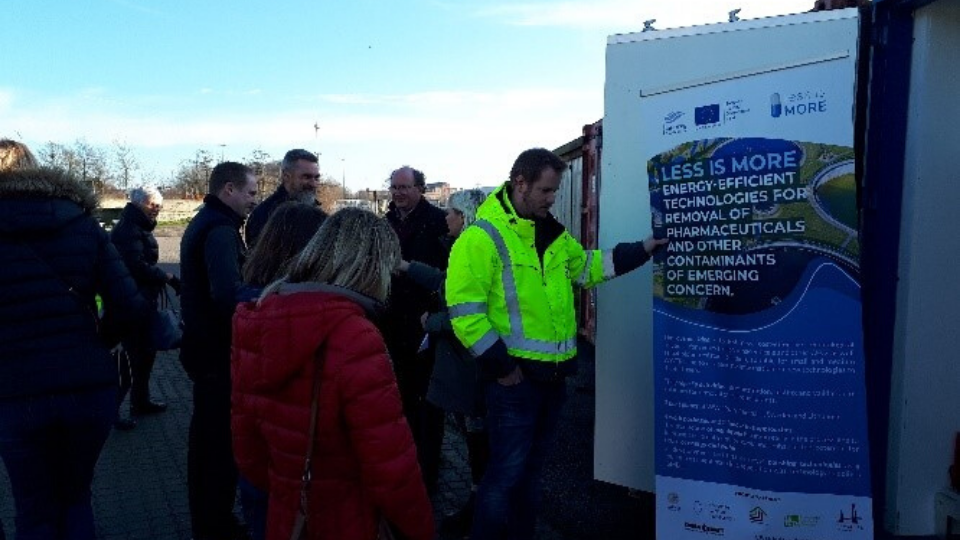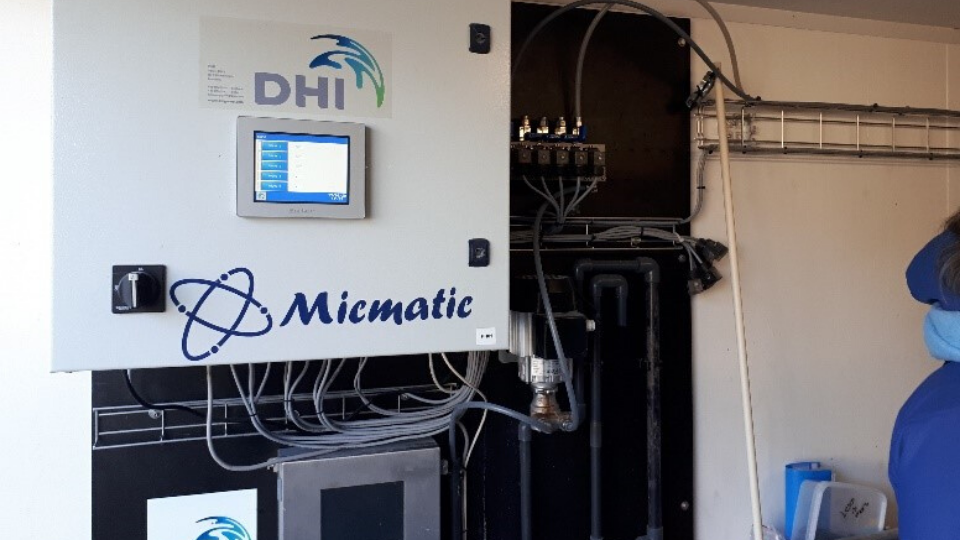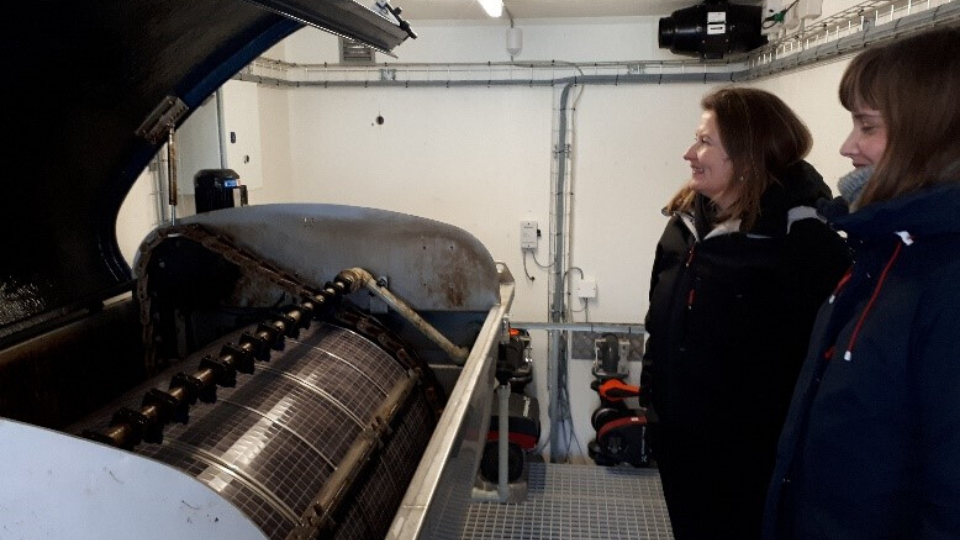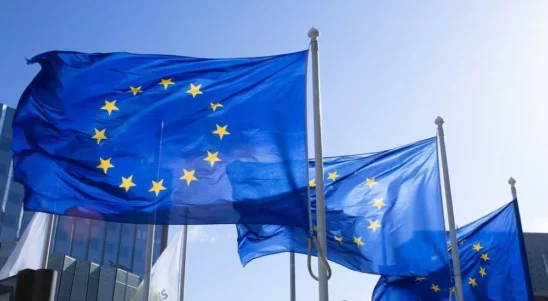What is the project changing?
Pharmaceutical waste, contaminants of emerging concern (CECs) and antibiotic resistent bacteria need to be removed from wastewater during the wastewater treatment, before the substances reach the Baltic Sea. The project LESS IS MORE is testing new cost-efficient and energy-efficient treatment technologies in wastewater treatment plants.
What was the challenge?
The negative effects of pharmaceuticals on the ecosystem include hormonal disorders and behavioral changes. Pharmaceutical residues and other CECs are spread through Wastewater Treatment Plants (WWTPs) into the Baltic Sea. A change is thus needed in WWTPs. A key problem is the lack of energy-efficient solutions to remove micropollutants without potentially harmful transformation products.
The project LESS IS MORE is therefore testing new energy-efficient and cost-efficient technologies in the South Baltic area.
What does the project create?
LESS IS MORE is installing demonstration units which will serve as demonstration plants for other municipalities WWTPs.
On the basis of the installed pilots the project will test and validate the energy-efficient treatment technologies.
A consolidated evaluation report will present the test results evaluating energy-efficiency and cost-efficiency of the treatment technologies.
Project website
Find the LESS is MORE Project website here.
Project Outputs
-
pdf 9 pages 0.67 MBpdf 9 pages 0.67 MB
-
pdf 2 pages 1.41 MBpdf 2 pages 1.41 MB
-
jpg 0.71 MBjpg 0.71 MB
Full project description
Outflows of pharmaceuticals and other contaminants of emerging concern, CECs, as well as antibiotic-resistant bacteria result in serious negative impacts on human health and on the ecosystem including hormonal disorders, behavioral changes and fatal infections for humans. The long-term aim of the project is to reduce the input of such substances from wastewater into the Baltic Sea through upgrading of WWTPs.
The specific project objective is to pilot -demonstrate, test and validate – new technological solutions for removing pharmaceuticals and other CECs as well as antibiotic-resistant bacteria that are suitable for small and middle sized WWTPs and to disseminate information on new technologies to the end-users.
LESS IS MORE will deliver two main outputs, explicitly:
1. Pilot investments in technological solutions for removing pharmaceuticals and other CECs as well as antibiotic-resistant bacteria.
2. Removal technology solutions focusing on separation processes developed and presented in the form of blue prints and expert papers.
LESS IS MORE comprises four work packages and entails two innovative approaches: i) process-driven innovation by introducing the membrane early in the process line to improve the treatment process and enhance potential for reuse of energy and water; and ii) technology-driven innovation by developing and testing novel polishing technologies as a fourth treatment step in cooperation with technology suppliers (SMEs).
WP 1: Project Management.
WP 2: Communication and Dissemination.
WP 3: Installation of demonstration units.
WP 4: Testing and validation of energy efficient treatment technologies.
The project will directly result in new treatment solutions and technologies that can demonstrate a better total energy balance than existing solutions and that do not have a problem with potential harmful transformation products for the end users, notably the small and medium municipal WWTPs.

